Best Medical Alert Bracelet Systems
For a medical alert bracelet that's waterproof and supported by the most reliable monitoring, we recommend choosing Bay Alarm Medical.
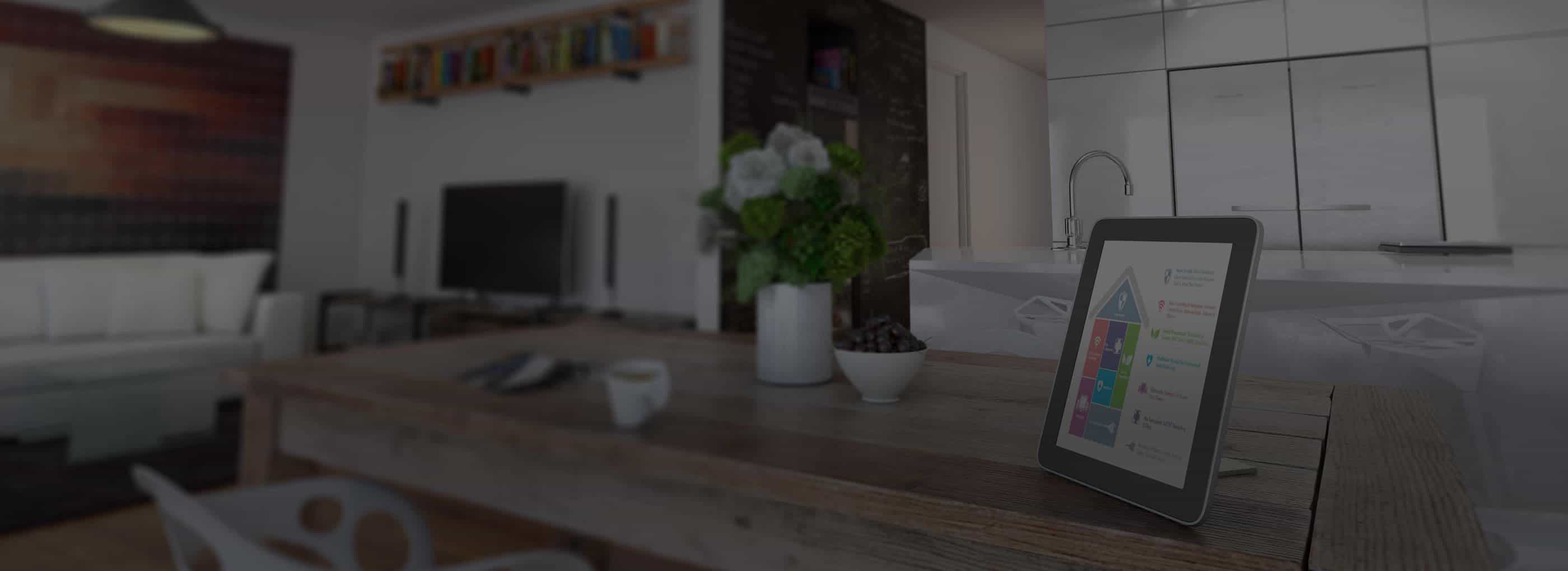
SafeHome.org may receive compensation from some providers listed on this page. Learn More
We may receive compensation from some providers listed on this page. Learn More
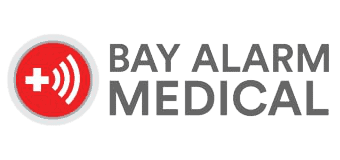
With Bay Alarm Medical, you can choose between home-based and on-the-go medical alert bracelets. Both options are waterproof and supported by three redundant emergency monitoring centers, so you’re always covered. The company even offers free spouse monitoring.

Medical Guardian sells pendant devices, a medical alert wristband, and a medical alert watch that keep seniors safe and in control of their health. Their at-home system provides up to a 1300-foot range while their mobile products work wherever you go.
Best At-Home Medical Alert Bracelet

Every ADT Medical Alert System offers the option for a free bracelet help button including their On-The-Go system. They also regularly discount their fall detection down to $5.50 per month making it one of the most affordable systems with fall detection.
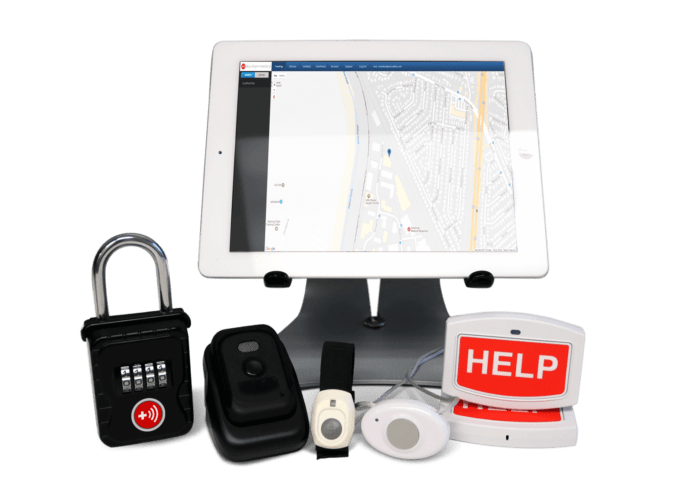
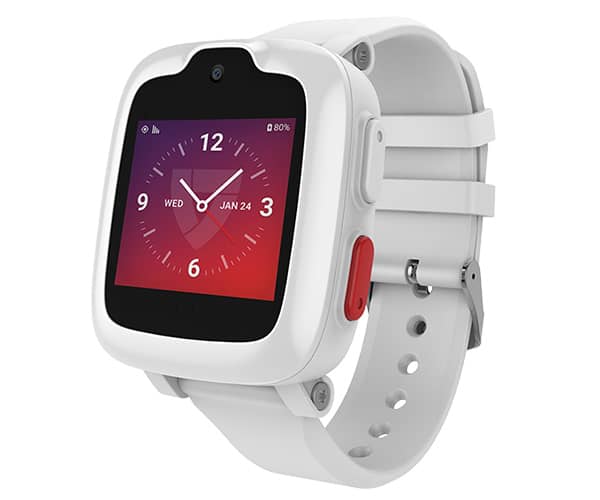
Best At-Home Medical Alert Bracelet
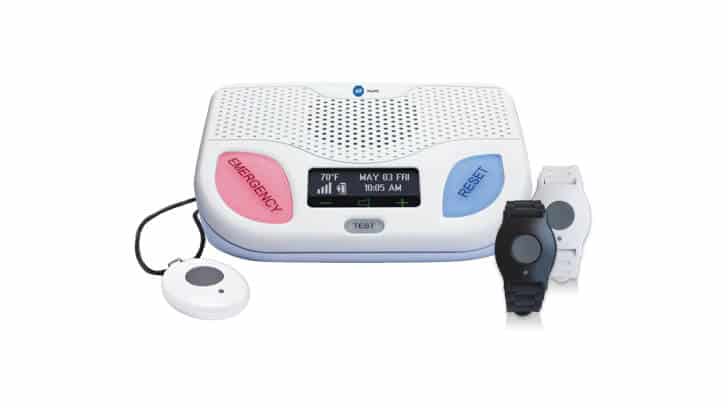
There’s no doubt that medical alert systems can save lives, but we understand that wearing a medical alert device 24/7 can make people feel self-conscious. It can make you feel like you’re putting your age or medical ailments on display.
That’s why we’re big fans of medical alert bracelets. In fact, all of our favorite medical alert systems offer a wearable help bracelet. They look just like a watch, so most people won’t even notice you’re wearing a medical alert device. Our favorite comes from Bay Alarm Medical with several options including an all-in-one medical alert bracelet.
>> Learn More: Medical Alert Systems 2025 Buying Guide
From Christopher Norman, a Board-Certified Geriatric Nurse Practitioner with the National Council on Aging (NCOA)

Bay Alarm Medical is one of the biggest names in the business — and for good reason. They offer some of the most reliable equipment out there at affordable prices. And after testing several of their systems, we find their medical alert bracelets comfortable, discreet, and effective.
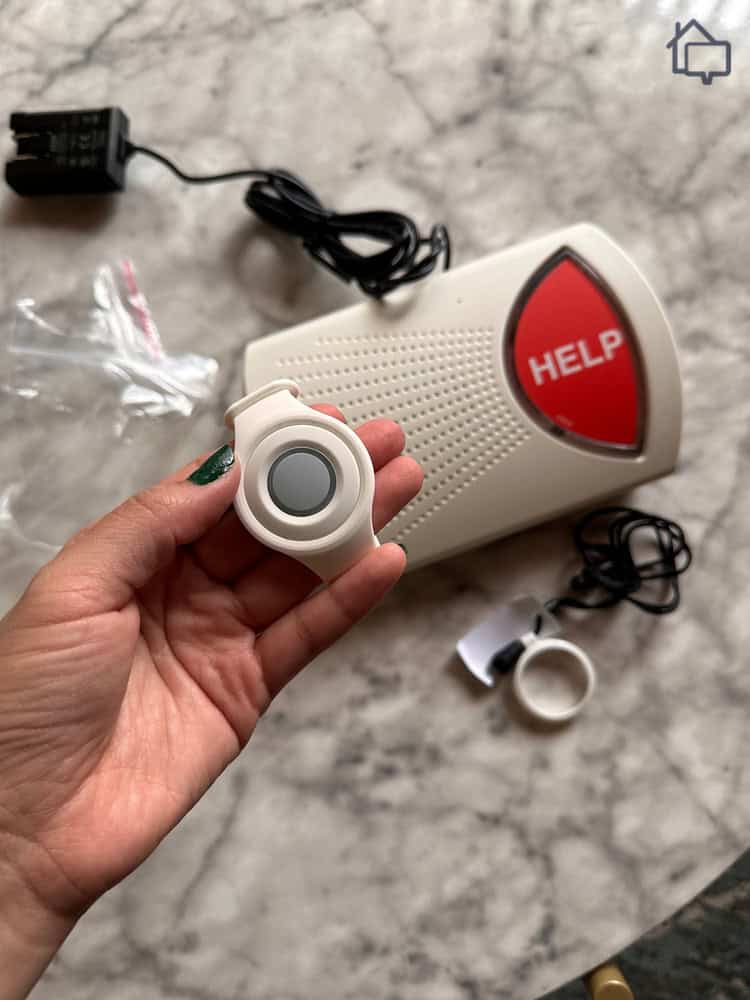
The help button for our Bay Alarm Medical SOS Home attached to a provided wristband so we could wear it as a bracelet.
All of Bay Alarm Medical’s alert systems offer options for a bracelet medical alert button. Their SOS Home and SOS All-In-One 2 both include a help button that can be worn as a bracelet. To get a help button bracelet with the SOS All-In-One 2 requires opting into their fall detection.
We found out, though, that you need to wear the button as a necklace for the fall detection to work with either system. Still, it’s our favorite medical alert system wtih fall detection.
That’s why the SOS Micro stood out to us. It’s an all-in-one medical alert bracelet. Best of all, opting into the fall detection activates it on the SOS Micro itself, not a separate fall detection button like with the SOS Home and SOS All-In-One 2. That let us enjoy fall detection protection without requiring a help button necklace.
Heads Up: Fall detection tends to be less accurate when used with a bracelet than a necklace. That’s because your arms don’t move in a consistent manner during a fall whereas a necklace drops the same way during most falls, making detection easier.
Despite Bay Alarm Medical’s premium products and services with some of the most reliable monitoring in the industry, they offer surprisingly affordable prices. In fact, they’re the most cost-effective option on this list. Here’s an overview of Bay Alarm Medical’s pricing:
| System | SOS Home | SOS All-In-One 2 | SOS Micro | SOS SmartWatch |
|---|---|---|---|---|
| Upfront Costs | None | $149 | $149 | $199 |
| Extra Alert Button Bracelet | $39 | Not Available | Not Available | Not Available |
| 360° Bundle | Not Available | +$10 per Month | +$15 per Month | +$15 per Month |
| Fall Detection | +$10 per Month | +$10 per Month | +$10 per Month | +$10 per Month |
| Cellular Support | +$5 per Month | Included in Base Price | Included in Base Price | Included in Base Price |
| Base Price Per Month | $24.95 | $34.95 | $34.95 | $39.95 |
>> Check Out: Best Long Range Medical Alert Systems in 2025
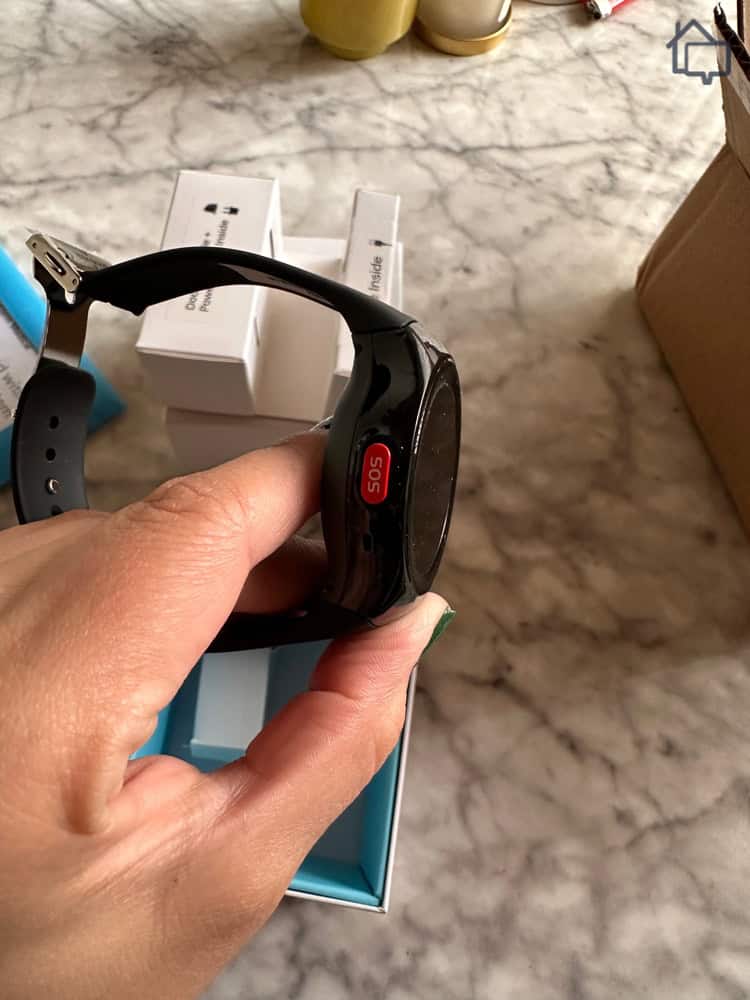
Here’s the SOS button on our SOS Smartwatch that we pressed to test Bay Alarm Medical’s response time.
It’s no surprise that Bay Alarm Medical offered fast response times considering their TMA Five Diamond Certified monitoring centers.1 We ran several simulated emergencies and received responses from Bay Alarm within 16 seconds on average. That’s nearly four times as fast as the industry standard 60 seconds.
| Connectivity | Landline and cellular |
|---|---|
| Fall Detection | $10/month |
| In-home Range | Up to 1,000 feet |
| Battery Backup | Up to 32 hours |
| GPS Option | Yes |
| Money-back Guarantee | 15-day |

Overall, Medical Guardian largely offers the same systems as Bay Alarm Medical except at a higher price. What makes them stand out is their medical alert watch. They make the best medical alert watch by far. Even though it’s the same hardware as the Bay Alarm SOS Smartwatch, it offers more advanced software enabling features like messages, reminders, and even a weather app.
Just like Bay Alarm Medical, we had the option of adding a medical alert bracelet to any system. The at-home systems all come with a medical alert button you can wear as a bracelet. While the MGMini on-the-go system doesn’t include a medical alert bracelet, you can add one for just $2.99 per month. It doesn’t require opting into fall detection, either. Learn more in our MGMini review.
Medical Guardian offers an all-in-one medical alert bracelet, too, and you can add fall detection. It’s almost identical to the Bay Alarm Medical SOS Micro except it costs more.
Instead of the MGMini Lite, we recommend the high-tech MGMove. It’s as close to an Apple Watch with medical alert capabilities as you can get. Just be ready for the premium price.
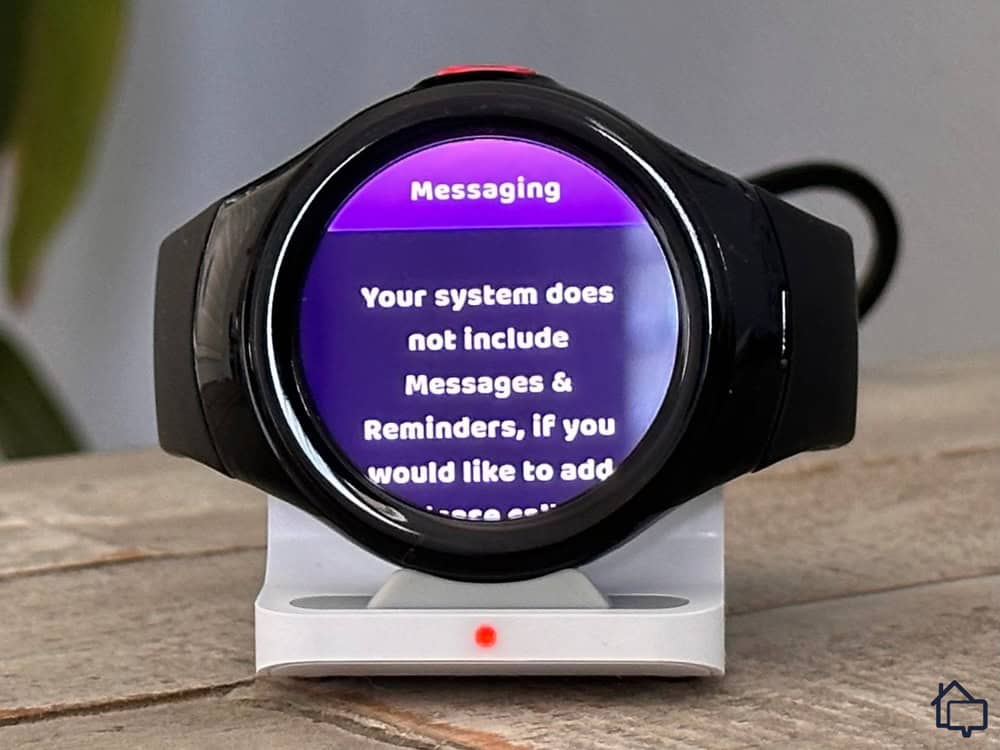
We had to pay extra to activate all of the features in our Medical Guardian MGMove smartwatch.
>> Read More: Medical Guardian MGMove Review 2025
Across the board, Medical Guardian’s prices are relatively high. We mostly recommend them for their MGMini or MGMove devices as they both offer capabilities that make them worth the premium price. The MGMini is the smallest and lightest all-in-one device, while the MGMove is the most capable medical alert smartwatch we’ve tested.
Here’s how much Medical Guardian costs:
| Medical Alert System | MGHome Landline | MGHome Cellular | MGMini | MGMini Lite | MGMove |
|---|---|---|---|---|---|
| Equipment Fee | $149.95 | $149.95 | $149.95 | $149.95 | $199.95 |
| Shipping Fee | $12.50 | $12.50 | $12.50 | $12.50 | $12.50 |
| Additional Bracelet | +$2.99 per month | +$2.99 per month | +$2.99 per month | Not Available | Not Available |
| Fall Detection | +$10 per month | +$10 per month | +$10 per month | +$10 per month | +$10 per month |
| Price per Month | Starts at $27.95 | Starts at $34.95 | Starts at $36.95 | Starts at $42.95 | Starts at $38.95 |
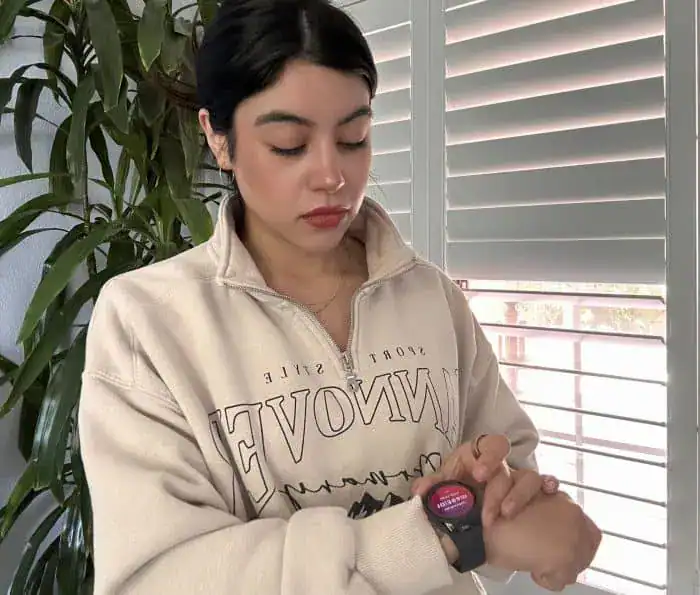
Here we are testing the help button on our MGMove.
Again, like Bay Alarm Medical, Medical Guardian’s monitoring service is TMA Five Diamond Certified. Their average response time was slightly slower at 23 seconds, but that still beats the industry average. Check out our Bay Alarm Medical vs Medical Guardian comparison for more details.
Heads Up: After setting up our at-home Medical Guardian system, it had some connection issues that we didn’t notice until we hit the help button and were left without a response. Thankfully, it was just a test, so we were able to call up customer support and resolve the issue.
| Connectivity | Landline, cellular, and Wi-fi |
|---|---|
| Fall Detection | $10/month |
| In-home Range | Up to 1,400 feet |
| Battery Backup | Up to 36 hours |
| GPS Option | Yes |
| Money-back Guarantee | None |

Each one of ADT Medical’s alert systems come with the option of a bracelet alert button for free. You don’t need to pay extra whether you want a basic at-home system or an on-the-go solution. That makes ADT Medical an easy option as you don’t need to worry about picking the right add-ons to get a medical alert bracelet like we experienced with Bay Alarm Medical and Medical Guardian.
While ADT does not offer an all-in-one medical alert bracelet or smartwatch like Bay Alarm Medical and Medical Guardian, they let you choose whether you want a medical alert necklace or bracelet with all of their systems. You don’t need to pay extra to get a bracelet, like you do with Bay Alarm and Medical Guardian’s on-the-go systems.
>> Learn About: Best Medical Alert Systems Worn as Necklaces and Pendants in 2025
One of the nice parts about ADT Medical is that they include a lifetime warranty with all of their systems. We had to pay $3 to $5 per month for our warranty with Bay Alarm Medical and Medical Guardian.
ADT also includes a price lock guarantee. The price you pay, prior to any discounts, is the price you’ll pay for as long as you maintain a subscription. Here’s how much each ADT Medical alert system costs before discounts:
| Medical Alert System | Basic | Plus | On-The-Go |
|---|---|---|---|
| Activation Fee | $99 | $99 | $99 |
| Wall-Mount Button | +$2.99 per month | +$2.99 per month | +$2.99 per month |
| Additional Pendant | $14.99 upfront + $5 per month | $14.99 upfront + $5 per month | Not Available |
| Fall Detection | +$11 per month | +$11 per month | +$11 per month |
| Monitoring Fee | Starts at $26.99 per month | Starts at $34.99 per month | Starts at $ 36.99 per month |
Pro Tip: Before hitting that buy now button and paying for your ADT Medical Alert System, make sure to check for coupons. They don’t automatically apply discounts like most providers, but they list their coupons right on their main page, so you won’t have to dig for them either.
Now, ADT’s response time is a good bit slower than Bay Alarm Medical and Medical Guardian. It took about a minute for us to connect with a monitoring agent when we hit the help button or simulated a fall with their fall detection pendant. That’s right around industry standard, though, so it wasn’t a big letdown for us.
| Connectivity | Landline or Cellular |
|---|---|
| Fall Detection | $11/month |
| In-home Range | 300 feet or 600 feet, depending on system |
| Battery Backup | Up to 20 hours |
| GPS Option | Yes |
| Money-back Guarantee | 30-day |
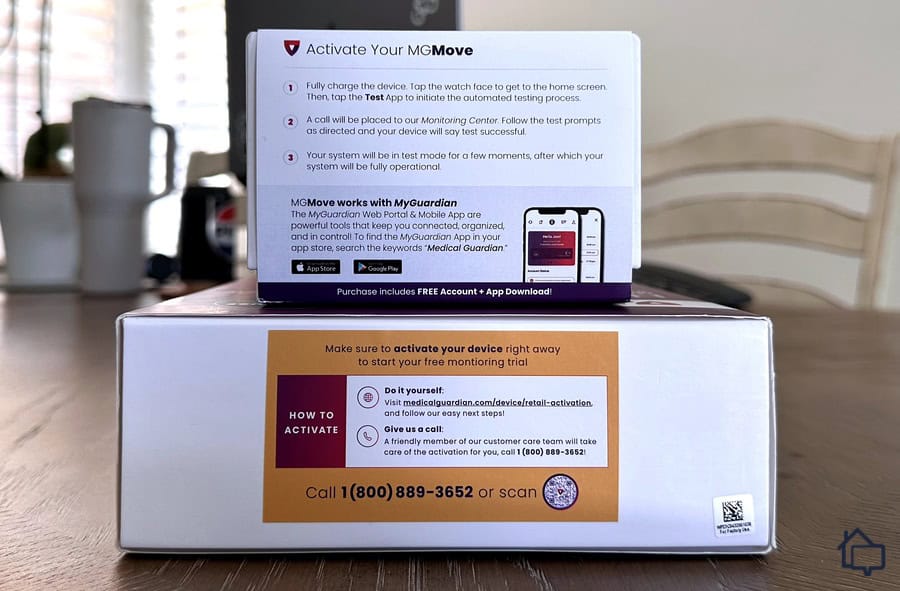
We buy every medical alert system we review so we can test them in our own day-to-day lives.
To find the best medical alert systems with bracelet help buttons, we bought ten different systems and tested them in our daily life. Our hands on testing process involves looking at the overall feel of the system as well as specific criteria including:
After our senior care experts make their assessment, we reach out to other industry experts for additional opinions about each system. Then, we survey current users to round out our information with real user experiences.
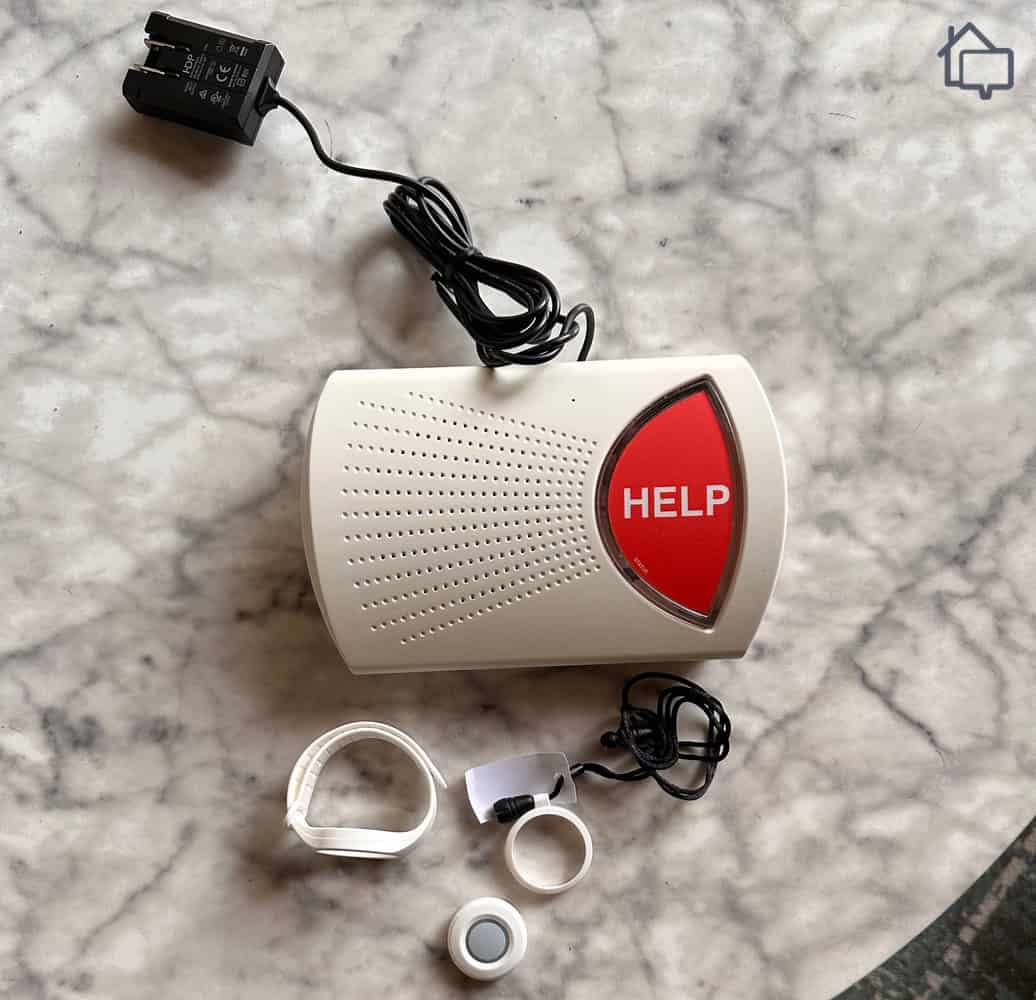
Here’s everything that came with our Bay Alarm Medical SOSHome including the wristband for the help button.
It’s easy to confuse a medical alert bracelet and medical ID bracelet, but they serve two very different functions. A medical alert bracelet, which we’ve been discussing in this article, is a device with a button on it that you can press to connect with a monitoring agent who helps you get help during a medical emergency.
Medical ID bracelets, on the otherhand, are simpler. They tell first responders about your medical conditions, allergies, and other relevant information through details written on a small metal or plastic tag on a bracelet. Most medical alert bracelet providers offer a way to communicate this information to first responders as well.
FYI: Emergency medical identification apps allow emergency personnel to access your medical information without your phone’s password.2 That allows them to work as an alternative to medical ID bracelets as long as you have your phone on you and accessible during a medical emergency.
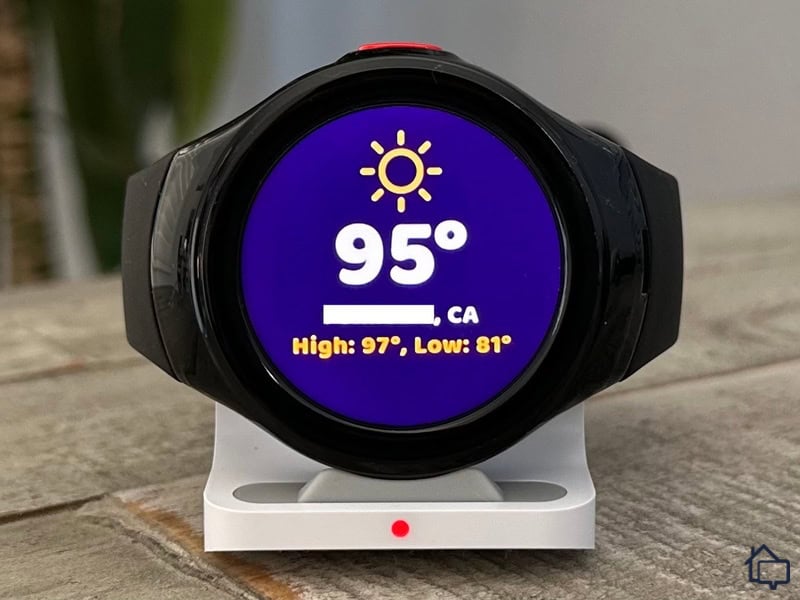
Our Medical Guardian MGMove could tell us the weather and detect falls.
While fall detection can work on a medical alert bracelet, it tends to be less accurate. That’s why most medical alert system providers only offer fall detection on their smartwatches, if that.
Your arms tend to flail in unpredictable motions while falling which makes it difficult to create a program that can detect a fall. Whereas, when you wear a necklace, it tends to fall straight down when you fall in a predictable manner. That makes fall detection necklaces easier to make and more predictable.
From Christopher Norman, a Board-Certified Geriatric Nurse Practitioner with the National Council on Aging (NCOA)
Most medical alert providers offer a bracelet option for their help buttons. There’s a lot of variety, though, in the quality of those bracelet options and whether or not they offer standalone medical alert bracelets.
Bay Alarm Medical offers everything we look for in a medical alert bracelet from industy-leading monitoring to standalone bracelets and smartwatches. Medical Guardian offers a more advanced smartwatch, though, and they do not require fall detection for their on-the-go system to get a bracelet. Finally, ADT Medical includes the option for a free bracelet help button with all of their systems.
Unfortunately, most Medicare plans do not cover the cost of a medical alert bracelet, although some Medicare Advatage plans may provide coverage. It’s best to consult your insurance provider.
Most medical alert bracelets are water resistant, so you can and should wear it in the shower. Between the heat, humidity, and risk of falls, the shower is often where you most need your medical alert bracelet.
For at-home systems, you’ll usually get a help button that can be worn as a bracelet or necklace. On-the-go systems, though, typically charge extra for a bracelet help button.
While it’s easy to call 911 from your Apple Watch, communicating with 911 during a medical emergency can be difficult. Medical alert bracelets put you in touch with professional monitoring agents who can immediately dispatch emergency personnel to your location and help you stay safe while waiting for their arrival. So, we still recommend a medical alert bracelet even if you have an Apple Watch.
Yes, medical alert bracelets are designed to be easy to use. All you need to do is hit the help button on your device and a monitoring agent will be ready to help you with any emergency.
The Monitoring Association. (Retrieved 2025). Five Diamond Designation.
Journal of Surgical Research. (2023). Medical Information During Trauma Resuscitations: Are Smartphones the Contemporary Medical ID Bracelet?
https://www.sciencedirect.com/science/article/abs/pii/S0022480423002767